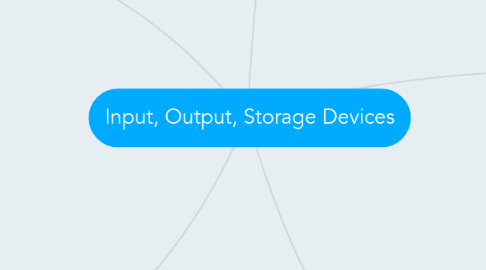Input, Output, Storage Devices
por Jack White


1. ROM
1.1. ROM (Read Only Memory) is used for storing the basic input output system (BIOS). It is nonvolatile meaning it is saved when the computer is turned off. ROM can only be read and not written.
2. Storage Devices
2.1. Optical Storage
2.2. Optical storage e.g. disk is a storage device which data is marked onto, or otherwise known as "burnt". It can be written once or written many depending on the type of optical storage.
2.3. Magnetic Storage
2.4. Magnetic storage e.g, hardrive is a storage device containing many magnetised dots throughout. Each magnetised dot has a charge of positive or negative and when a current is flown through it using a read head, you can determine its binary value. If the magnet is South (negative) it is a zero in binary and if the magnet is North ( positive) it is a one in binary.
2.5. Solid State Memory
2.6. Solid State Memory e.g. USB Stick is a storage device, usually portable, that can be added to a computer system. It is not written mechanically as it has no moving parts and is non-volatile.
3. Input Devices
3.1. Input devices are hardware that allows data from the outside world to be inputted into the computer system.
3.1.1. Examples include:
3.1.2. -Keyboard
3.1.3. -Mouse
3.1.4. -Microphone
4. Output Devices
4.1. Output devices are hardware that allows data from a computer system to be displayed to the outside world.
4.1.1. Examples include:
4.1.2. -Monitor
4.1.3. -Speaker
4.1.4. -Printer

